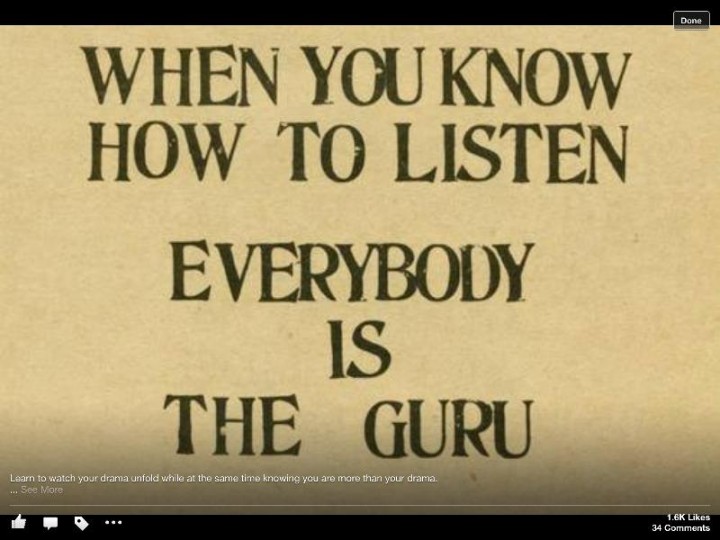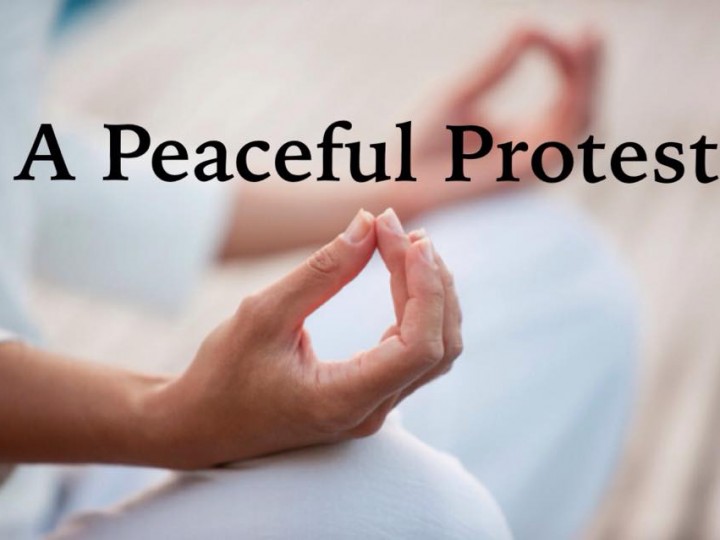
The vast majority of problematic eaters I work with struggle to cope with shame and guilt every day. This type of harmful thinking shapes their thoughts and feelings about, and their behavior toward themselves on a persistent and pernicious, but unconscious, level. As a result, they see the world, and themselves, through a self-defeating prism of negativity that sets them up for failure on nearly every level of behavior.
Know where your feelings of guilt and shame come from
The guilt and shame you feel about your body are the result of the belief system you’ve developed over your entire life: stories about how you “should look”, the “rules” you were given to live by, the “regulations” for living a fruitful life that were based on the values of others. You see, when you fail to live up to the expectations others have prescribed for you – and which you have accepted as your own standard – the guilt and shame becomes overwhelming.
If you regularly feel guilty, but are unsure why, then some of these thoughts may sound familiar:
“I should have done better.”
“I’m never going to get this right.”
“I knew what to do, but I didn’t do it – again.”
Feeling shame is the result of feeling guilty; the guilty thoughts that build on each other and foster a distorted, deep-rooted belief systems about oneself. If you regularly experience feelings of shame, your thoughts may look like these:
“I am defective.”
“I’m not worth fighting for.”
“I’m an unlovable person.”
Letting go of thoughts like these is not easy because you’ve trained all of your life to believe these things about yourself. However, the good news is, IT CAN BE DONE!
“No matter how many mistakes you make, or how slow your progress, you’re still way ahead of everyone who isn’t trying.” – Unknown
How to Let Go of Guilt and Shame
The first step on your journey toward a guilt-free, shame-free life is developing a WILLINGNESS to release the stories and behaviors that have formed from your thinking, and which create your problematic eating. These unconscious negative thoughts will surface from time to time, often unexpectedly, and, only when you develop the willingness to explore the beliefs and values that underlie your symptoms, will real recovery begin for you.
When you allow yourself to become immersed in thoughts that are disempowering, self-sacrificing and self-destructive, you can be sure that the behaviours to follow will be equally toxic. The transition to self-love requires that you understand – and accept – that your destructive eating patterns and behaviours stem from your own beliefs, thoughts and feelings, providing you with all the power you need to heal yourself.
To do this, you must train yourself to recognize these pernicious, self-destructive thoughts, and transform them into something positive before they turn into harmful stories and patterns of negative behavior. In this way, you interrupt the negative behavior, empowering you to choose the next right action.
Much like an old, out-of-date computer, we all carry equally old, out-of-date files that we react to daily. If you make the effort to update your old files, and your head, from Windows 97 to Windows 10, you can move your own operating system, your thoughts and feelings into the 21st Century. First though, you must acknowledge that the files in your OS is obsolete – and you must make the commitment to update them.
Take these 5 Steps to Overcome Guilt and Shame
1. Throw yourself a “Shame Party” – The best way to overcome shame is to allow yourself to feel it fully, and to experience it without running away from it. Sit quietly and look inward, taking note of the guilt you feel, and the thoughts you’ve attached to this guilt. Next, imagine yourself as a small child, and an adult is seeing the guilt and shame you’ve inflicted on yourself. How does this make you feel? Be gentle, but take conscious note, and allow yourself to bring into compassion this space. By being fully present to the shame you feel, you will allow it to disperse naturally.
2. Discover the thoughts that underlie your shame – Write down any and all thoughts that are associated with the shame and guilt you feel, to make yourself fully conscious of them. For example, “I don’t exercise enough”, or “I don’t deserve to be around people.” Your goal is to discover the underlying thoughts that lead to your guilt and shame.
3. Make affirmations instead – From the list you’ve just created, jot down positive, affirmative thoughts to your distortions instead, and figure out how you can begin to BE those affirmations.
For example, if your negative thought happens to be, “I don’t want to go out tonight because I hate the way I look”, your affirmative thought might instead become, “I know that there are ups and downs on this journey and today, I will accept that it doesn’t look perfect. I refuse to punish myself further by isolating and “beating myself up”.
4. Indulge in “Selfish” action – Create a list of at least 5 things you can do differently to put yourself first, and to let go of the guilt and shame you feel. For example, “I will take tonight for myself and enjoy a nice long bubble bath,” or treat yourself to a massage or pedicure; anything that place the focus on YOU.
5. Create a list of things you “should be doing” – to make yourself feel better about yourself. Next to each one, write 3 actions steps you will take on an incremental level, to begin working toward these goals. Recognize that, with these actions, you’re choosing to let go of the “all-or-nothing” thinking from your past, and are embracing what is possible – just for today.
Place these incremental steps in your calendar as follow-up actions to be taken. Begin by implementing these steps, one day at a time and one week at a time, developing new habits, one step at a time.
BONUS TIP: The search for “perfection” is often associated with people who experience high levels of guilt and shame in their lives. If you live by an “unwritten rulebook” that dictates your actions, and you fail to “follow the rules” accordingly, you will likely label your behavior or thought as “wrong”, as “bad”, and as a “mistake”. This is when you will find yourself immersed in this vicious cycle of guilt and shame. For virtually all of us, this “rulebook” was written for us in childhood, predominantly by others, and is has become outdated and sprinkled with projection. In other words, your feelings of guilt and shame come from outdated files that create distorted thoughts, and in turn, lead to self-destructive behaviour.
About the Author
Shelley Ugyan earned her Bachelor’s Degree in Education from University of Victoria. She is a Health Coach Instructor with the Institute for Integrative Nutrition (IIN), the largest nutrition school in the world, teaching cutting-edge and holistic nutrition concepts, unlike a traditional nutrition program. She received her Certification as a Health Coach from IIN in 2011, and has integrated their nutrition coaching program into her own approach to wellness coaching, which includes being a wellness author, yogi, health counselor, problematic eating disorder therapist, educator and business mentor to other health coaches. For more information about Shelley and her approach to wellness, visit her website, www.EmergingJewel.com.
Photo via: mrwallpaperdotcom (No copyright infringement intended.)




